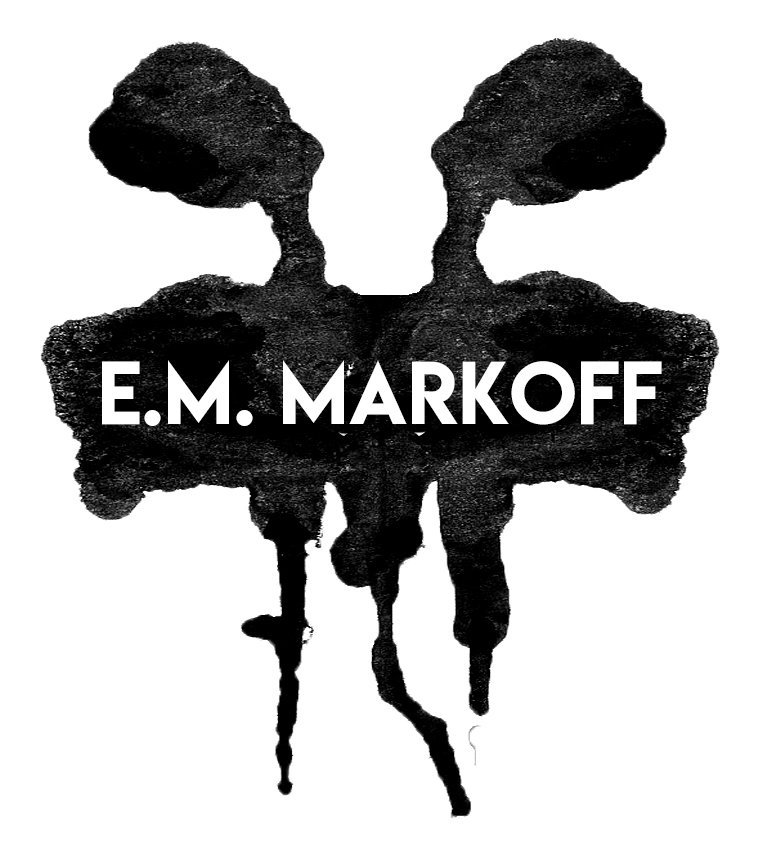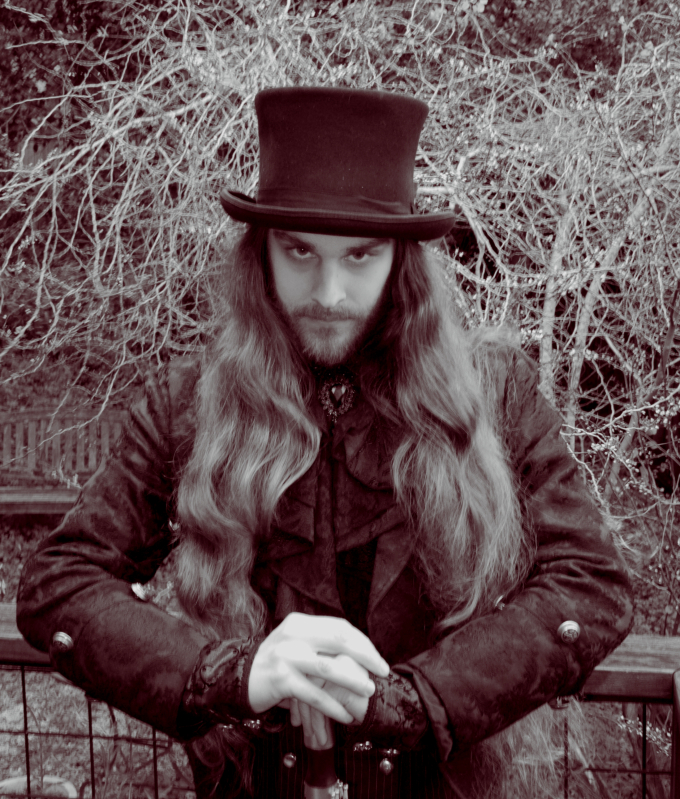Guest Post: How Metal Changed My Life by Jonathan Fortin
My short story Requiem in Frost is not exactly autobiographical. I’m not a Norwegian girl, and I’ve never lived in a house haunted by the ghost of an extreme metal musician. But there is an important facet that is taken fairly directly from my own life.
Requiem is the story of Ingrid, a fourteen-year-old girl who discovers music that speaks to her after finding it abrasive throughout her childhood. This was more or less my own experience growing up as a hypersensitive autistic boy. Bright sunlight hurt my eyes; my first time showering felt like needles were puncturing my back; I was disgusted by food that everyone else loved; and music made my ears hurt. That last one made me feel especially alone in the world; who didn’t like music? It didn’t help that my dad was a jazz guitar player, and my brother a drummer, whose drum set took up a big chunk of the room we shared. At school, the other kids blared hip-hop, the bass turned up so high that I felt its vibrations in my chest and temples—an uncomfortable, violating sensation that would render me unable to think or function.
As a result of all this, I considered music to be abrasive, inescapable noise that was forced upon me. I enjoyed certain movie soundtracks and didn’t mind the angsty punk rock that my brother introduced me to, but nothing really awakened my passion until I turned seventeen, and I decided to seek out music of my own. I was obsessed with Tim Burton movies, and had got it into my head that I was a goth, even though I had yet to dress the part or listen to the music associated with the subculture. My school didn’t have too many goths, so I took to the internet, asking online acquaintances for suggestions—some of which I liked, some of which I didn’t. Slowly, I expanded my musical knowledge, and was soon hooked on goth, industrial, and of course metal.
My exposure to extreme metal began, as it did for many in my generation, with Cradle of Filth. At seventeen, I was not yet accustomed to screamed or growled vocals, finding them as abrasive as high-bass hip-hop. The beautifully gothic music video for Cradle of Filth’s “Nymphetamine” changed that. It mixed Dani Filth’s (rather silly) growls with clean, angelic vocals from Liv Kristine and a sumptuous visual style. I was so taken by the aesthetic of the clip that I watched it over and over, slowly becoming desensitized to the growled vocals. From there I moved on to Dimmu Borgir’s symphonic epic “Progenies of the Great Apocalypse,” and shortly thereafter moved onto more traditional (or “proper”) black metal acts—eventually falling in love with the likes of Emperor and Immortal. Amongst seasoned black metal fans, Cradle of Filth and Dimmu Borgir are largely a joke. Both bands are cheesy and commercialized when compared to true black metal. But I think it’s important to realize that these bands can serve as a gateway to what many of us think of as better music.
Black metal doesn’t have the best reputation. Most “normal” people find it too abrasive to listen to; its history is full of suicide, church-burning, and murder; and there’s an unfortunate Neo Nazi contingent in the fandom. But for me, the dark music became a source of comfort and catharsis, its abrasions somehow healing, its barbarism somehow peaceful. It also became a source of community, allowing me to meet other people with similar interests and beliefs. I cannot understate what a hugely significant thing this was. Growing up, I didn’t have too many friends—I was awkward, shy, and didn’t have too much in common with my peers. Discovering my music allowed me to discover my people.
In other words, this dark, satanic music was a wholeheartedly positive influence on my life, and a big reason why I managed to grow up into a well-adjusted, high-functioning adult.
You’ll have to read Requiem in Frost to find out whether the same can be said for Ingrid.




